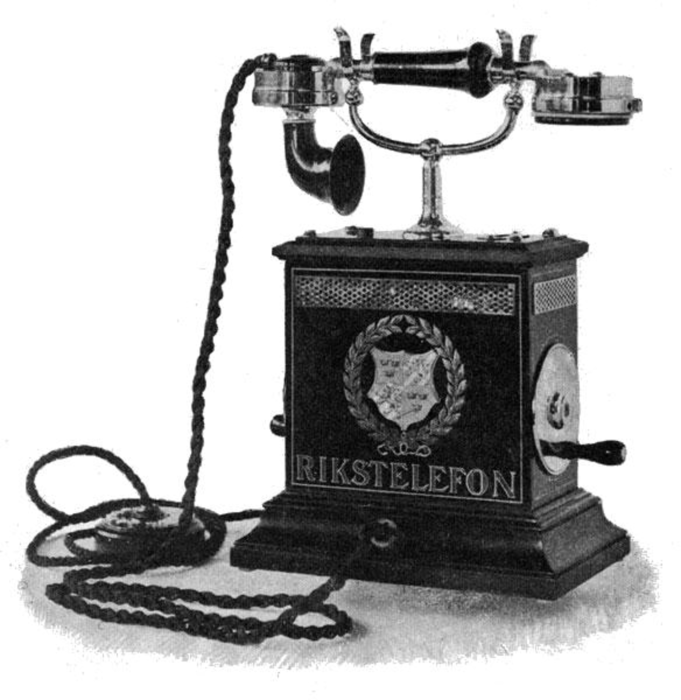Everyone loves how a suit or a dress that has been tailored fits the wearer. The same can be said for paid search call extensions–ad features tailored to help advertisers attract on-the-go customers.
Even better, there are a bevy of options that allow marketers to customize how message appeal to customer needs. That planning is meant to reflect a singular objective: positioning ads to complement a customer experience that starts with a smartphone.
According to DialogTech, mobile channels are set to drive 162 billion calls by 2019, many of which will be initiated with an ad seen via a mobile search. Thus digital strategy blind spots can exist for AdWords or Bing Ad plans that do not account for activity that can happen on a mobile device.
Ad extensions offer customers a spontaneous means to dial a retail location or branch office of a business. Both Google and Bing offer several variations of ad extensions. In fact according to Search Engine Land, Bing just announced call-out and review extensions. This creates options that are comparable to those on AdWords.
Site links are ad extensions that link to specific website pages. Site links help search users get directly to what they are looking for on the site.
Call extensions are AdWords or Bing ads that include metadata for a phone number and branch location. They encourage users to contact a branch location that is nearby their current location. So are call-only call extensions, meant to handle calls that do not need online media to support a customer, such as a customer service call
about a product. Here is a photo of my phone showing an AdWords ad for retailer Banana Republic.
The ad includes a phone symbol. The symbol is set to call a location, letting customers make a simple gesture rather than dial the number.
Call-out extensions differ from site links and call extensions. Instead of clickable text, call-outs include additional detailed information about the advertiser. The description offer searchers more informed decisions before clicking on the ad.
Review extensions are similar to call-out extensions, except that they display customer reviews on a business. This can be helpful for services looking to distinguish themselves by customer satisfaction ratings.
Despite the similar core set of extensions, Bing and Google both offer slight variations. For example, Bing announced a beta to test Bing ads social extensions–a link in Bing search ads that can promote a businesses’ social media presence on Instagram or Facebook. In fact, social media ads can augment the media coverage planned for search ads, especially if they are expected to appear on a mobile device. You can read more on social ads here.
Where to add ad extensions
Marketers create ad extensions within the campaign managers for either AdWords or Bing. AdWords users, for example, can navigate to the “Ad Extensions” tab and then select “Call Extension” from the Extension drop-down menu. Bing users can navigate in a similar manner.
Ad extensions are labeled as distinct campaigns, so its metrics can display within the paid search manager or analytics solution. Once a campaign is set up, marketers can experiment with monitoring customer service procedures influenced by extension activity.
One example is using custom alerts in Google Analytics to note campaign influence on important metrics, such as increases and decreases in site traffic and conversion rates. The analysis can reveal nuances in campaign performance, such as which hours of the day customers call more frequently. It can also reveal which reports are most valuable for continual monitoring, as well as ideas for scheduling programmatic marketing ads.
The benefits of paid search extensions are clear. Customers gain useful local-oriented details that encourage them to act with confidence on their choices, while marketers can better attribute the value of an ad to an overall strategy. At the end of the day, they might feel a professional joy comparable to wearing their favorite tailored clothes.








